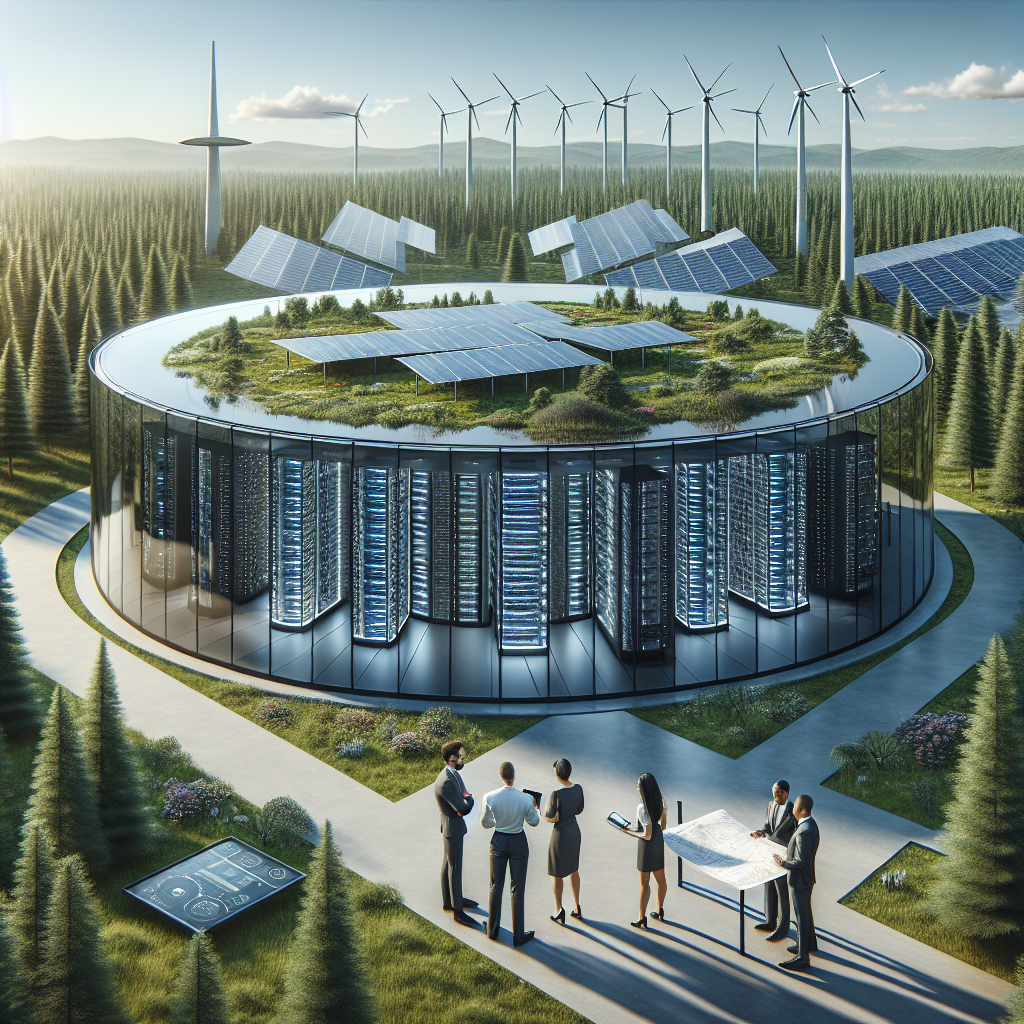Your cart is currently empty!
Building a Sustainable Data Center: Strategies for Success

In today’s digital age, data centers play a crucial role in supporting the ever-growing demand for computing power and storage. However, the environmental impact of data centers has become a growing concern, with their high energy consumption and carbon emissions contributing to global warming. Building a sustainable data center has therefore become a priority for many organizations, as they seek to reduce their carbon footprint and become more environmentally responsible.
There are several strategies that organizations can adopt to build a sustainable data center and minimize their environmental impact. One key strategy is to design the data center with energy efficiency in mind. This can be achieved through the use of energy-efficient servers, cooling systems, and lighting, as well as implementing virtualization and consolidation techniques to reduce the number of physical servers needed. By optimizing the data center’s energy usage, organizations can significantly reduce their carbon footprint and lower their operating costs.
Another important strategy for building a sustainable data center is to use renewable energy sources to power the facility. This can include installing solar panels, wind turbines, or geothermal systems to generate clean and renewable energy on-site. By sourcing energy from renewable sources, organizations can further reduce their carbon emissions and demonstrate their commitment to sustainability.
In addition to energy efficiency and renewable energy, organizations can also focus on water conservation and waste management to build a sustainable data center. By implementing water-saving technologies and recycling programs, organizations can reduce their water usage and minimize their environmental impact. Proper disposal of electronic waste and recycling of old equipment can also help organizations reduce their carbon footprint and promote a circular economy.
Furthermore, organizations can also consider green building certifications, such as LEED or BREEAM, to ensure that their data center meets strict environmental standards and demonstrates their commitment to sustainability. These certifications not only help organizations reduce their environmental impact but also enhance their reputation and attract environmentally-conscious customers.
In conclusion, building a sustainable data center requires a comprehensive approach that focuses on energy efficiency, renewable energy, water conservation, waste management, and green building practices. By implementing these strategies, organizations can reduce their carbon footprint, lower their operating costs, and demonstrate their commitment to environmental responsibility. Building a sustainable data center is not only good for the planet but also makes good business sense in the long run.

Leave a Reply